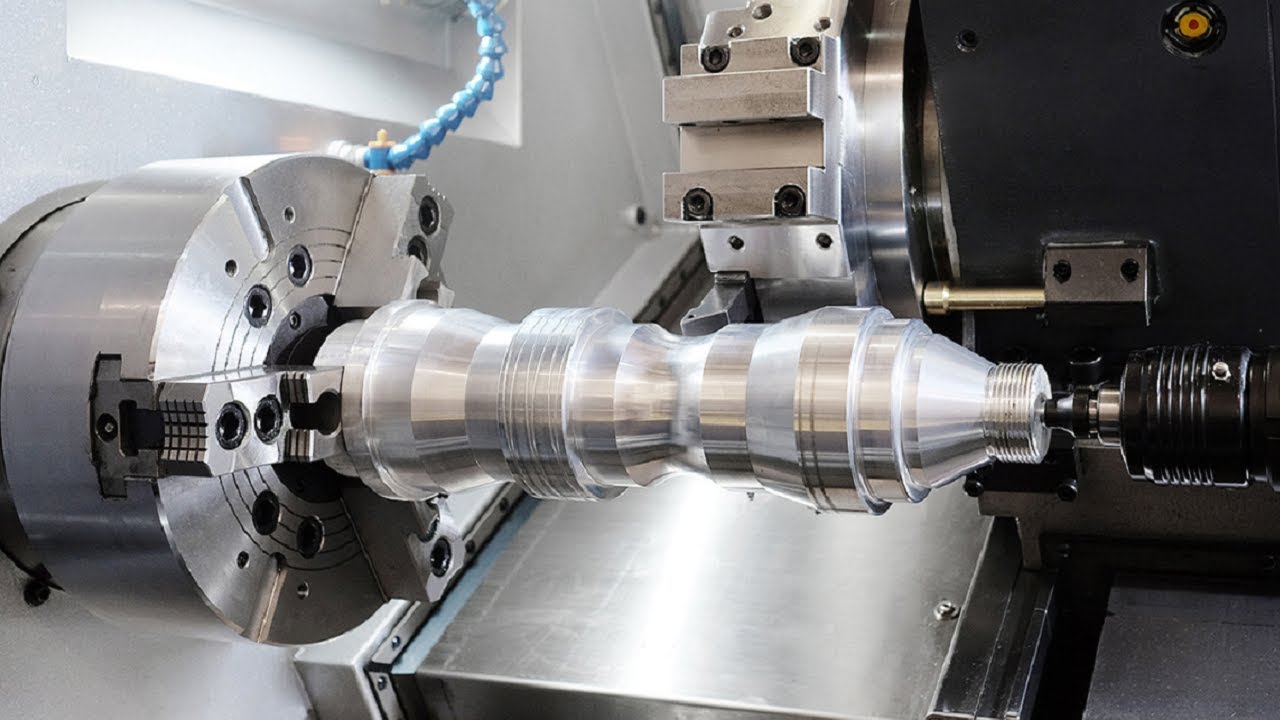In the world of computer numerical control (CNC) machining, CNC milling and CNC turning are two essential processes that play a crucial role in the manufacture of precision components and parts. While both involve the removal of material from a workpiece to achieve a desired shape, they differ significantly in their approach, application, and the tools used.
First and foremost, the fundamental difference lies in their working principles. CNC milling utilizes a rotating cylindrical cutting tool, known as an end mill or a milling cutter, to remove material from the workpiece. The cutting tool can move along various axes to create intricate shapes, grooves, slots, and contours. On the other hand, CNC turning employs a non-rotating cutting tool, typically a lathe tool, which describes a helical tool path on a rotating workpiece. This cutting action is primarily used to create the external surfaces of the workpiece, and when applied to internal surfaces such as holes, it is referred to as boring.
The choice of process also depends on the shape and geometry of the workpiece. CNC milling is typically used for machining prismatic parts, where complex shapes and contours need to be created. It excels in creating intricate details and features on the workpiece. Conversely, CNC turning is more suitable for cylindrical or near-cylindrical workpieces, such as shafts, pins, and rods. The rotation of the workpiece allows for efficient and precise machining of these geometries.
The tools and cutting methods also differ between CNC milling and CNC turning. CNC milling employs milling cutters that rotate and move along multiple axes, while CNC turning utilizes a stationary cutting tool that moves linearly along the axis of the rotating workpiece. These different approaches allow each process to excel in its respective domain.
In terms of accuracy and surface quality, both CNC milling and CNC turning can achieve high levels of precision, depending on the quality of the machine, cutting tools, and process parameters. However, each process has its strengths and limitations, which should be considered based on the specific requirements of the workpiece.
The applications of CNC milling and CNC turning also vary. CNC milling is widely used in the manufacturing of molds, dies, fixtures, and components with complex geometries. It is particularly suitable for materials such as metals, plastics, and composites. CNC turning, on the other hand, is commonly used in the production of cylindrical parts, such as shafts, spindles, and rods, in industries like automotive, aerospace, and machinery.
In conclusion, CNC milling and CNC turning are two distinct CNC machining processes that differ in their working principles, applications, tools, and cutting methods. The choice between the two depends on the specific requirements of the workpiece, including its shape, geometry, material, and the desired level of precision. Understanding the differences between these processes is crucial for selecting the most suitable machining method for a given application.


